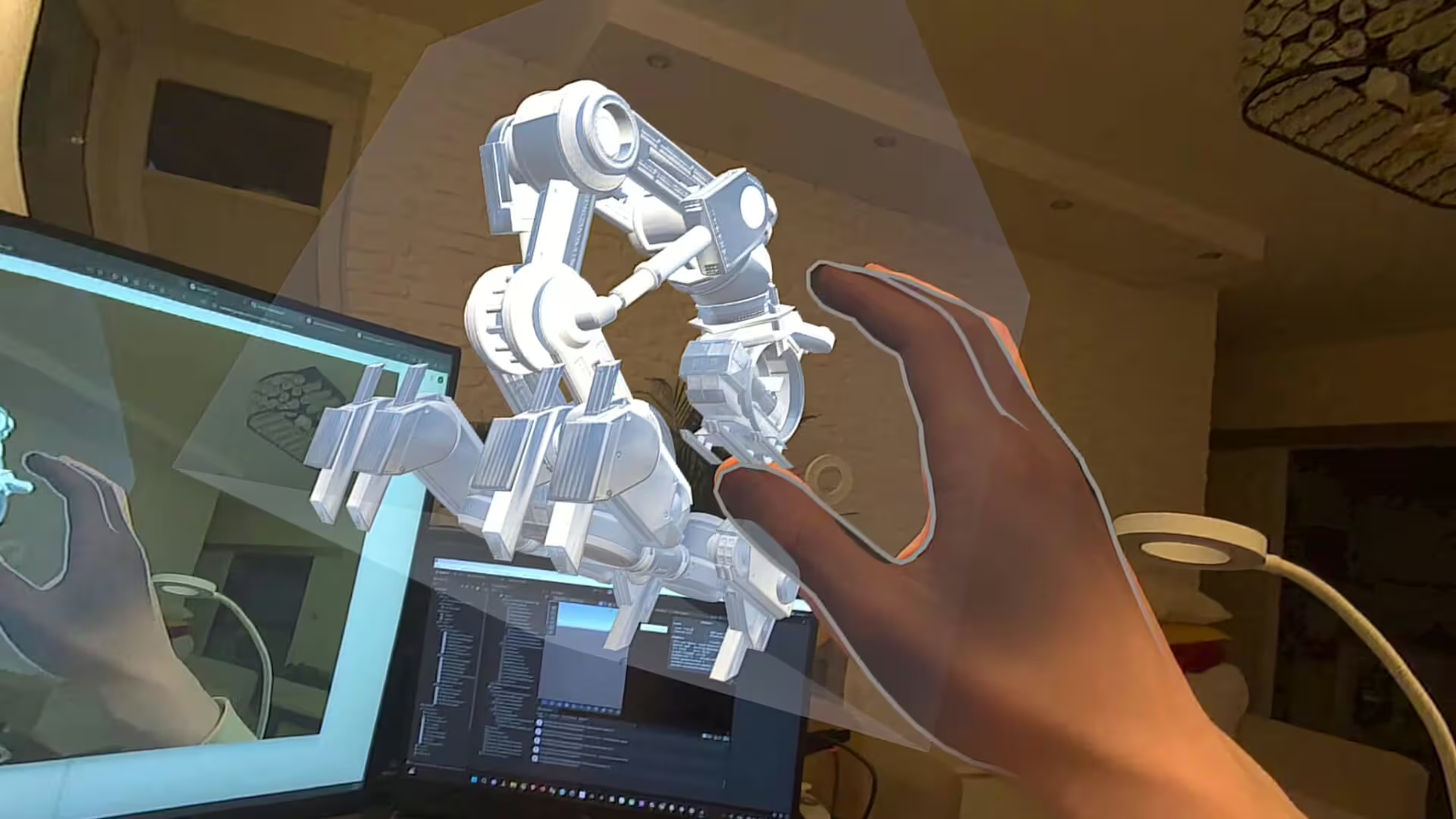Celem pracy było określenie możliwości wykorzystania rekurencyjnych sieci neuronowych w odszumianiu sygnałów elektrokardiograficznych. Literatura pokazuje, że sieci tego typu nadają się do przetwarzania szeregów czasowych. Dzięki temu, że wartość wyjścia neuronu zależy od jego poprzedniego stanu, są one w stanie uczyć się zależności czasowych, tak samo jak sieci konwolucyjne przestrzennych.
W ramach pracy odtworzono znalezioną w literaturze architekturę sieci wykorzystującą warstwę typu Long-Short Term Memory, zaproponowano doń poprawki oraz porównano wyniki z innymi, popularnymi metodami odszumiania sygnałów EKG, tj. filtracją falkową i częstotliwościową, jak również z wynikami zaprezentowanymi w artykule, na podstawie którego sieć została stworzona. Dzięki temu udało się uzyskać obraz zalet i wad tego typu rozwiązania w konkretnym obszarze zastosowań – przetwarzaniu danych medycznych.
Badana sieć składa się z warstwy LSTM, po której następuje szereg warstw liniowych z aktywacją ReLU. W pracy badano wpływ ilości neuronów w warstwach, liczby warstw linowych oraz hiperparametrów warstwy LSTM (takich jak kierunkowość czy dropout) na otrzymane wyniki. Do badań wykorzystano dostępne w Internecie dane z bazy Physionet, jak również sygnały wygenerowane przy użyciu programu ECGSYN.
Część badawcza pracy poprzedzona jest przeglądem literatury na temat wykorzystania sieci neuronowych w przetwarzaniu danych oraz wyłożeniem niezbędnych do zrozumienia zawartości podstaw teoretycznych. Poruszono również kwestie praktyczne implementacji sieci w języku Python, ze zwróceniem szczególnej uwagi na dostępne biblioteki oraz akcelerację sprzętową.
The aim of the thesis was to determine the applications of recurrent neural networks in denoising of ECG signals. Research shows that this particular type of neural network are well suited for removing noise from time series data. Owing to the fact that the output of a neuron is dependent on its previous state, they are capable of learning relationships in the time domain, in a similar manner to the convolutional networks, which learn space relationships.
The thesis is based on a reproduction of a network design found in the topical literature. The lynchpin of the proposed network is a Long-Short Term Memory recurrent layer. Treating the aforementioned design as a basis for further investigations, several refinements have been proposed. Thereafter, the obtained results have been compared with other popular denoising methods, namely bandpass filtering and wavelet filtering. Thanks to this approach, a clear view of advantages and disadvanages of the proposed method has been obtained in the area of interest, i. e. processing of medical data.
The network in question comprises of a single LSTM layer, followed by number of linear layers with ReLU activation. In the thesis the impact of the number of neurons in each layer, the number of linear layers, and hyperparameters of the LSTM layer (e. g. bidirectionality and dropout) on the obtained results was studied. The experiments employed publicly available Physionet data, as well as synthetic signals.
The exploratory chapter is prefaced by a literature survey and a short introductory exposition of basic mathematical concepts necessary for proper understanding of the thesis matter. Furthermore, attention was given to practical means of implementing the studied network with the Python programming language, with a special onus placed on the available libraries and hardware acceleration.




